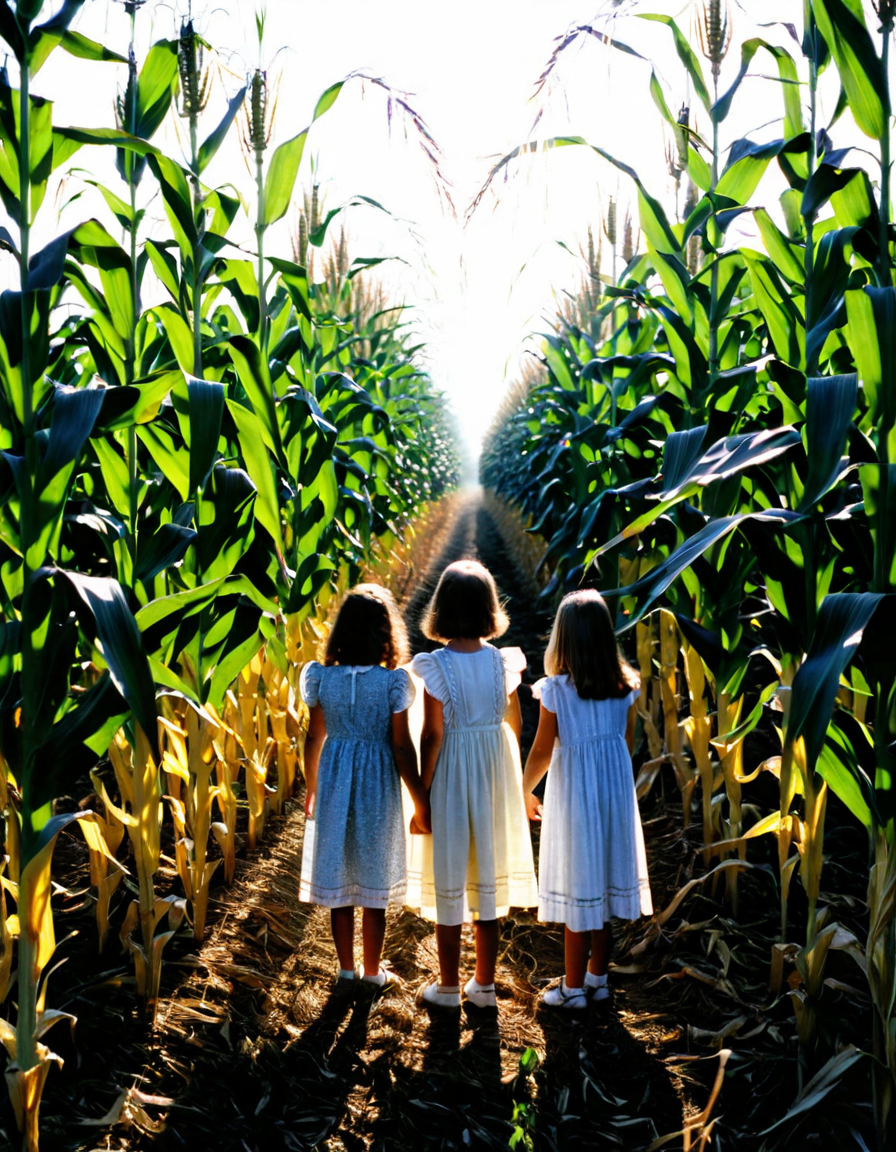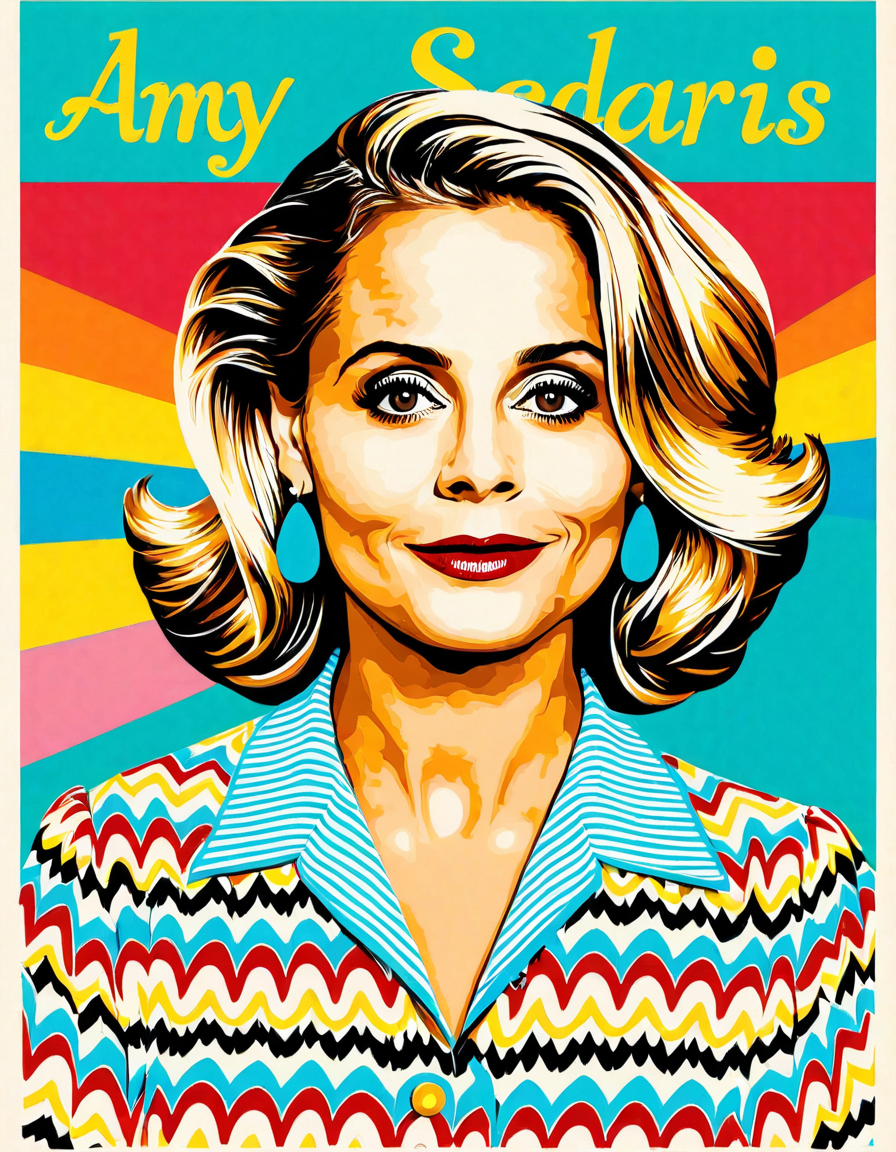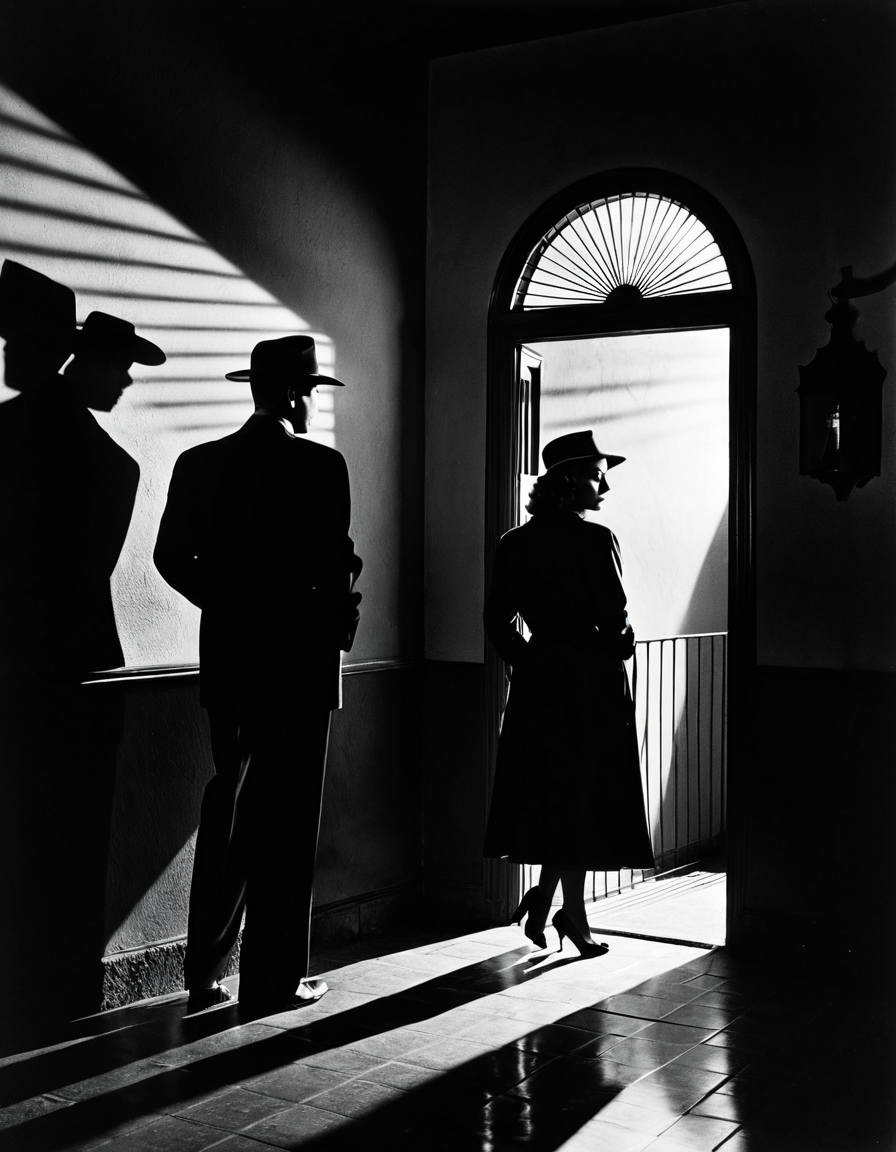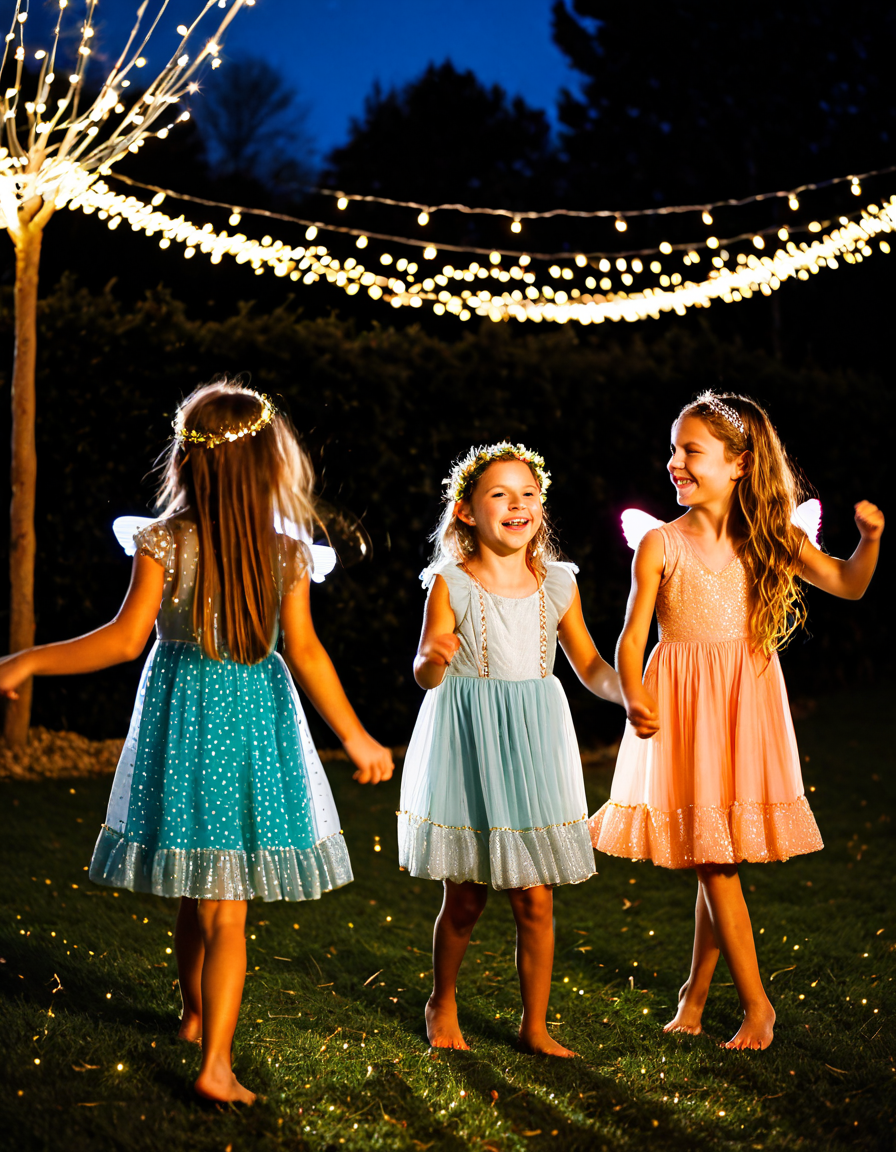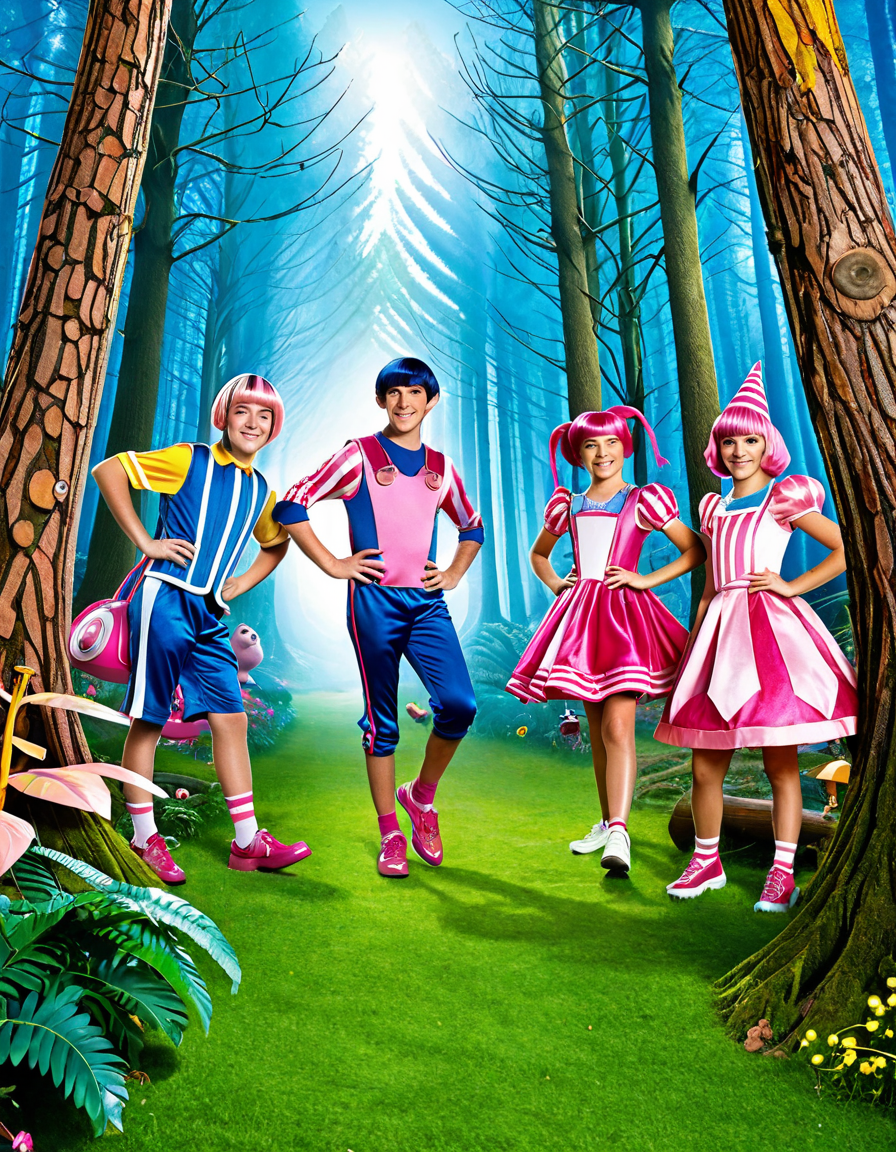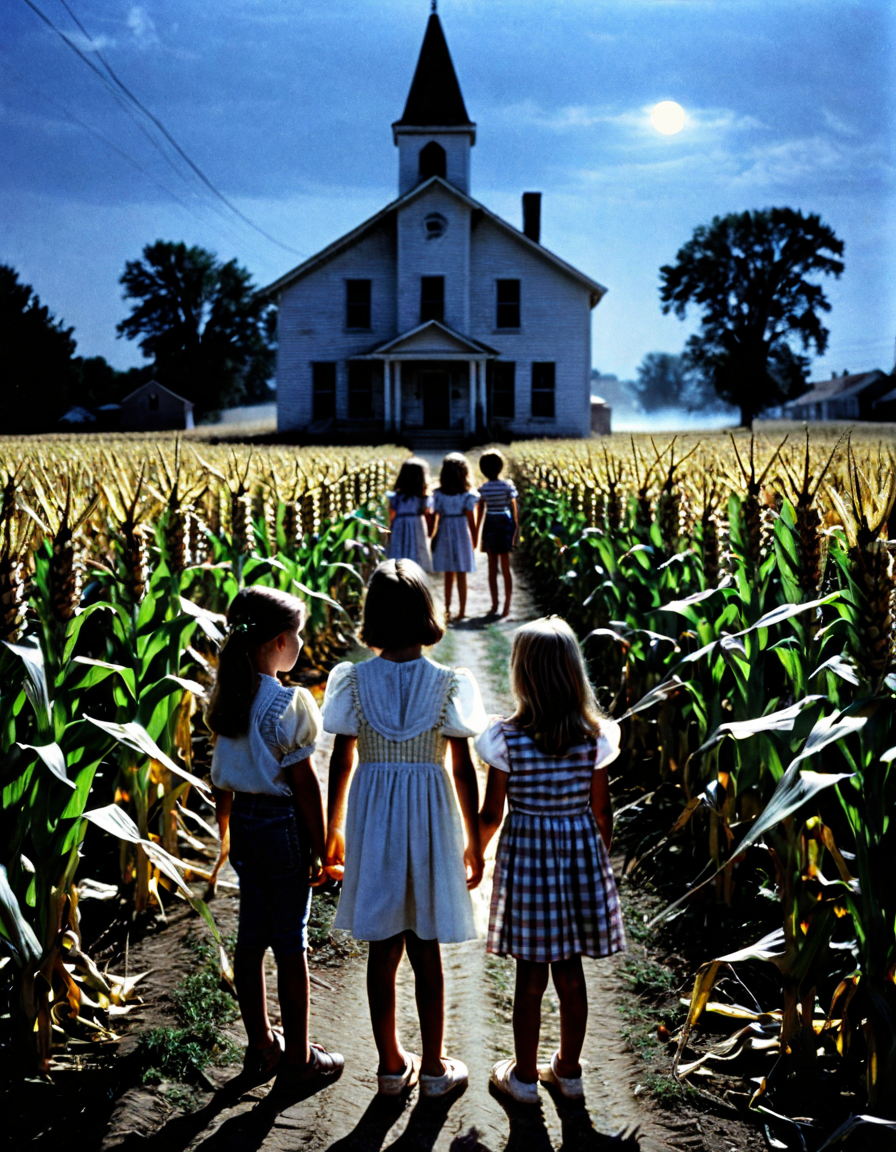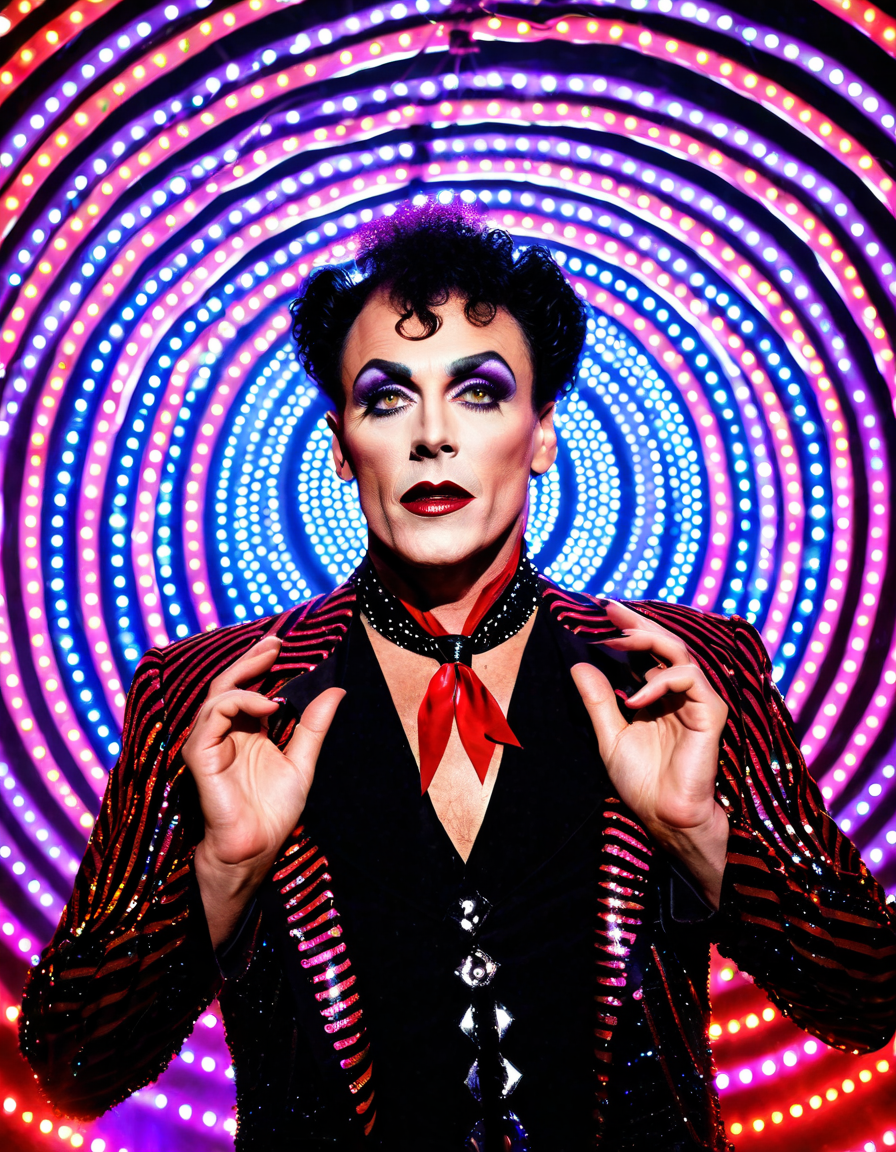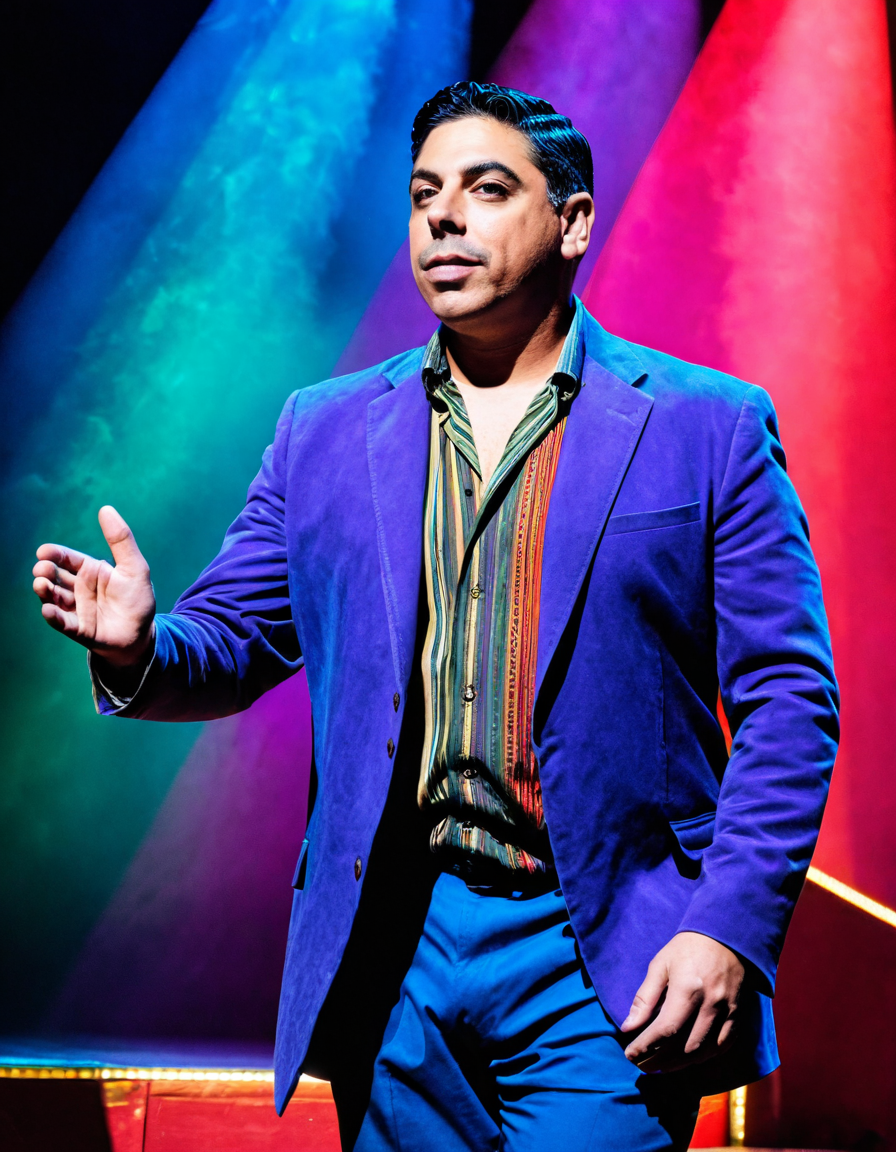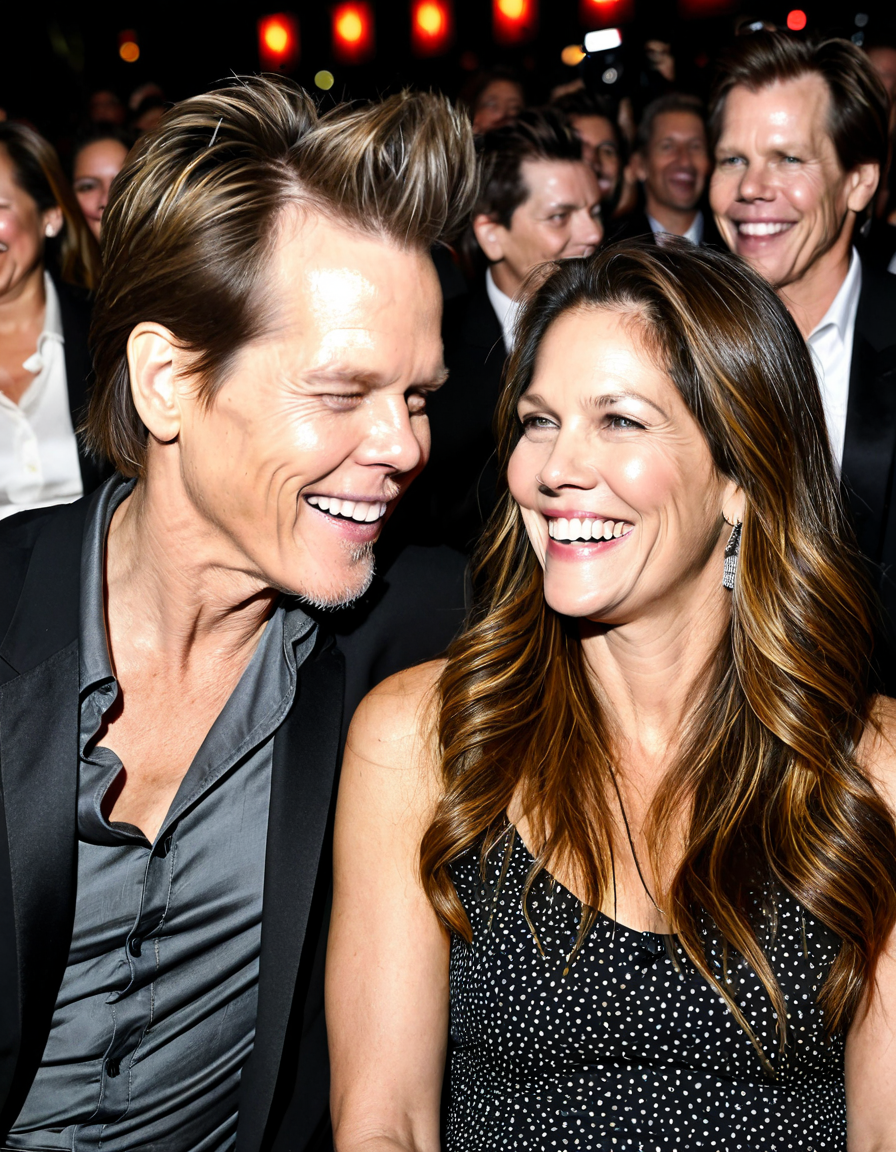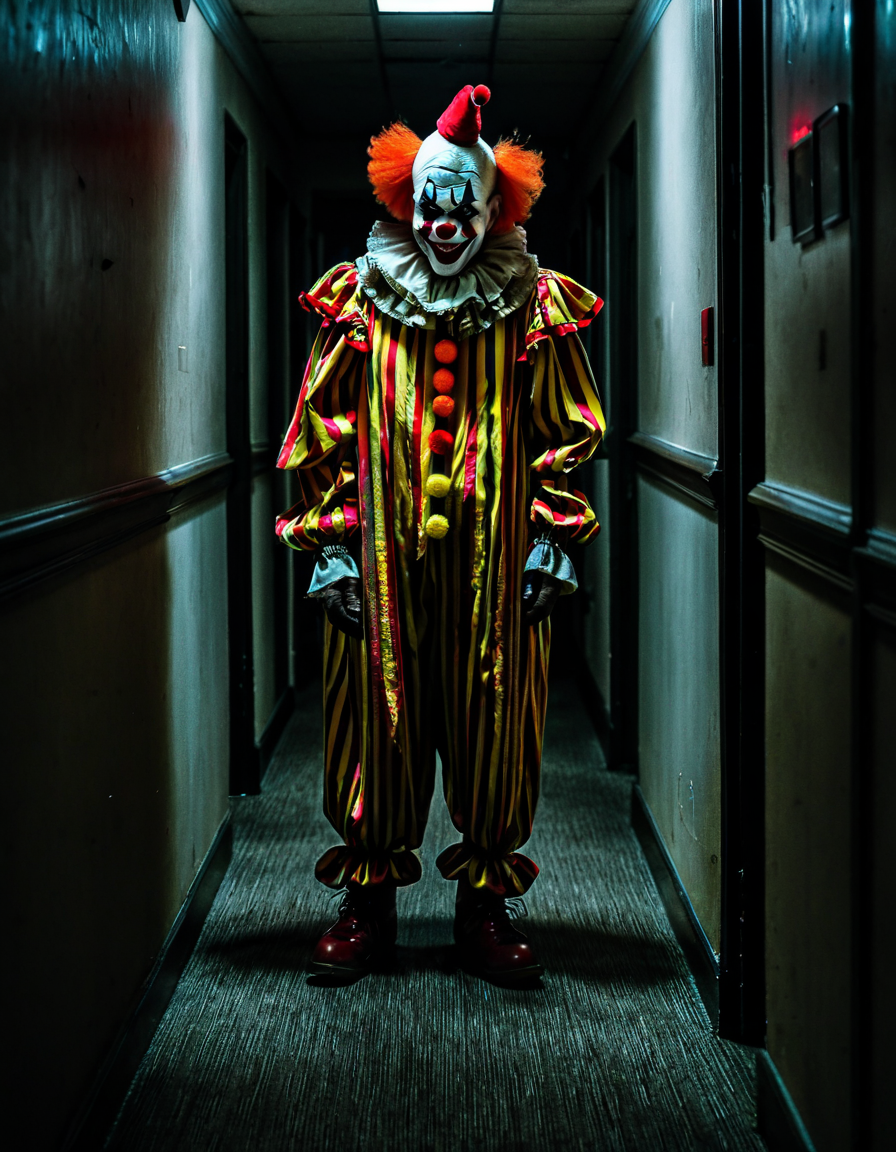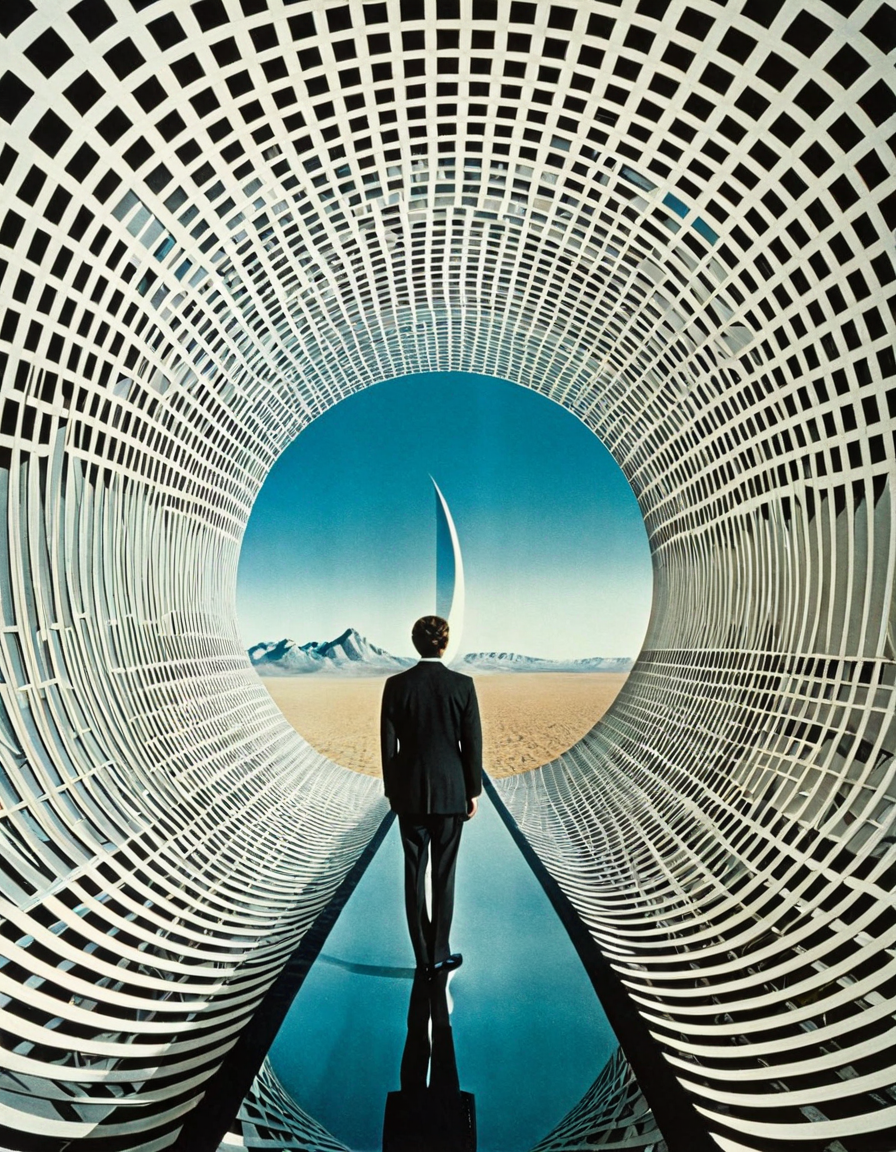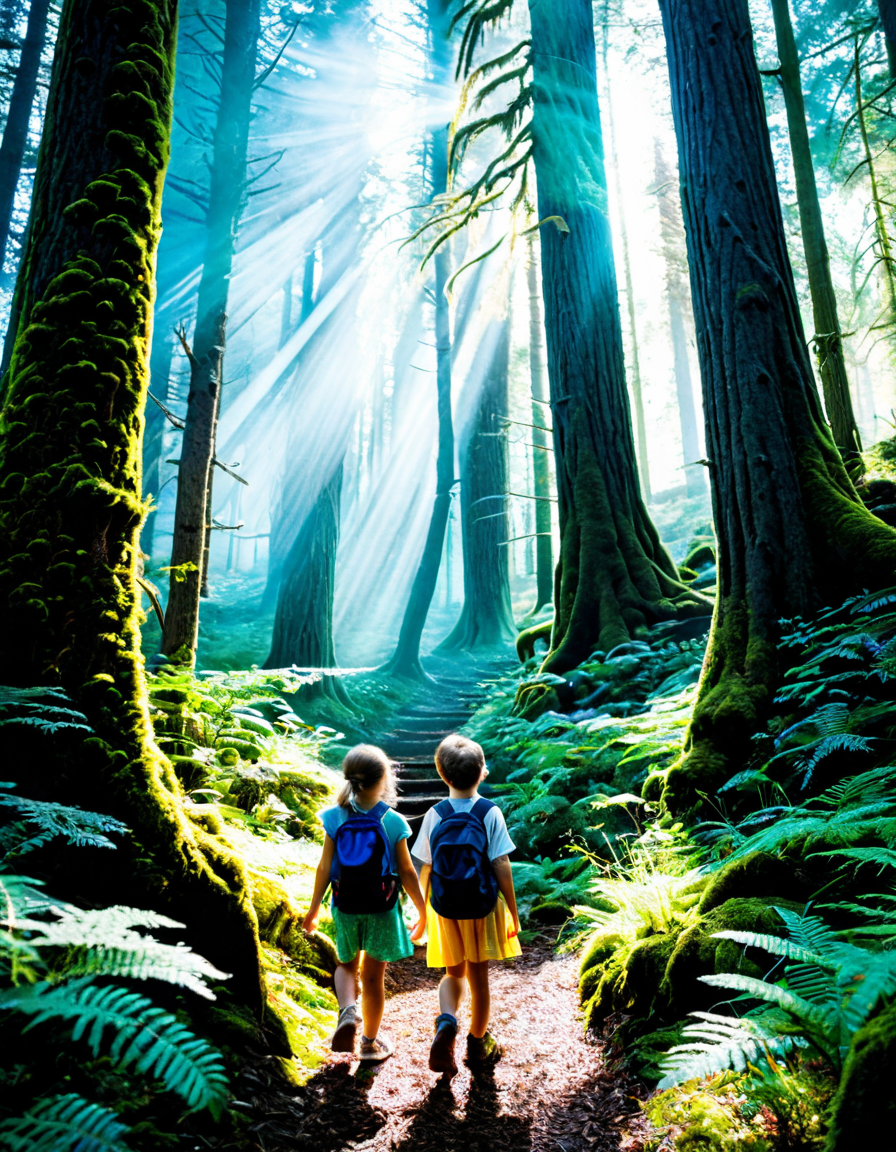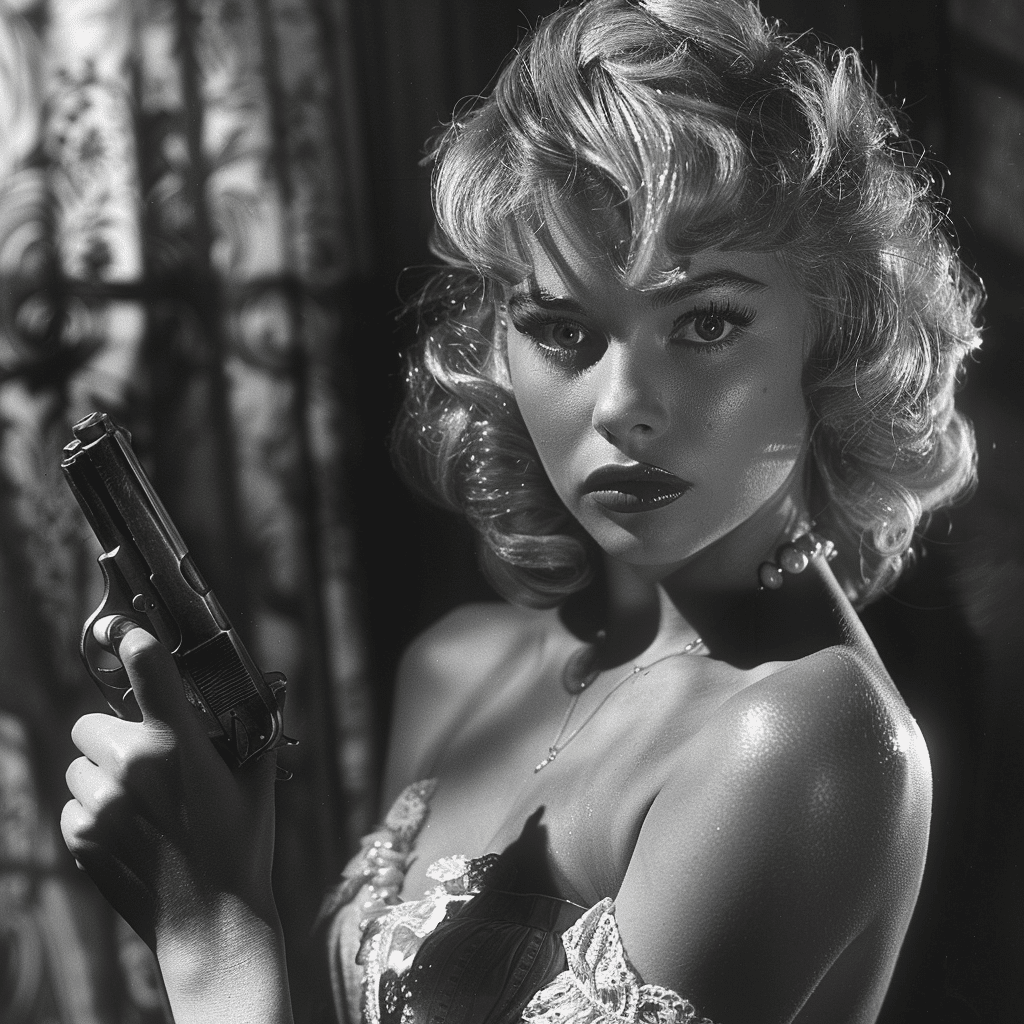The film Children of the Corn 1984 continues to resonate with horror fans and filmmakers alike, securing a spot as a quintessential piece of horror cinema. This chilling adaptation of Stephen King’s short story, draped in unsettling themes and eerie visuals, left an imprint on audiences that still lingers today. It’s that unique blend of terror and thought-provoking subtext that ensures this classic haunts us even decades later, captivating both those who first watched it and new viewers eager to explore its depths.
As audiences revisit Children of the Corn 1984, they can’t help but be drawn to its emotional intensity and thematic richness. Set against the eerie backdrop of desolate farmland, the film’s grasp on fear and despair grows tighter with every viewing. With a haunting score and vivid imagery, it’s clear that the film’s impact runs much deeper than merely scaring its viewers; it taps into the heart of human fears, injecting a potent cocktail of nostalgia and horror.
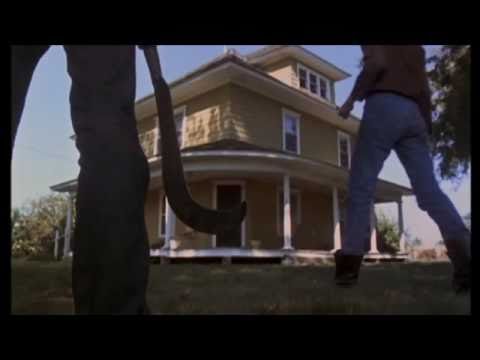
7 Reasons “Children of the Corn 1984” Continues to Terrify Audiences
The movie introduces us to a terrifying enclave, where a group of children blindly worship the menacing entity known as “He Who Walks Behind the Rows.” This cult-like atmosphere wraps itself around viewers like a fog, rendering the isolated community a place of impending doom. The suffocating dread grips you, making you feel trapped in a world devoid of hope.
The cornfield, a central character in its own right, symbolizes both life and death. The vibrant green corn contrasts starkly with the heinous acts playing out within its rows. In an unsettling twist, children embody the sinister forces of evil, turning society’s perception of innocence on its head. This psychological distortion amplifies the horror, making every rustle in the corn a cold echo of dread.
Children of the Corn isn’t just a tale of supernatural horror; it critiques blind faith and fanaticism in its most chilling form. The indoctrinated children illustrate the dark consequences of unquestioning loyalty to authority, resonating profoundly in today’s climate. The unsettling parallels between the film’s themes and contemporary societal issues make it a pertinent watch for generations beyond its original release.
Sound shapes the essence of horror in this film, from the eerie whisper of the wind through the corn to the haunting score by Jonathan Elias. Each auditory cue serves as a harbinger of terror, heightening each frightening moment. The film’s sound design skillfully elicits visceral responses, rendering viewers susceptible to the fear lurking just beyond the frame.
The dynamics between the unsuspecting adults and the malevolent kids create tension that keeps viewers on edge. Characters like Isaac, played chillingly by John Franklin, and Malachi, portrayed by Courtney Gains, stand out as embodiments of evil. Their unforgettable performances leave you questioning not just their motivations but the very nature of innocence itself.
Children of the Corn 1984 has not only inspired an array of remakes and sequels but also echoes through popular culture. Its haunting influence extends to various artistic forms, including horror novels and television, notably in series like Stranger Things, which captures nostalgic horror much like this classic. It’s a testament to the film’s enduring legacy, transcending generational gaps.
As modern horror fans seek both nostalgia and originality, Children of the Corn maintains its status as a staple of essential horror cinema. Tales of innocence lost and the primal fears of childhood resonate profoundly with new generations. What was once a cult classic has become a universally acknowledged piece of horror lore.
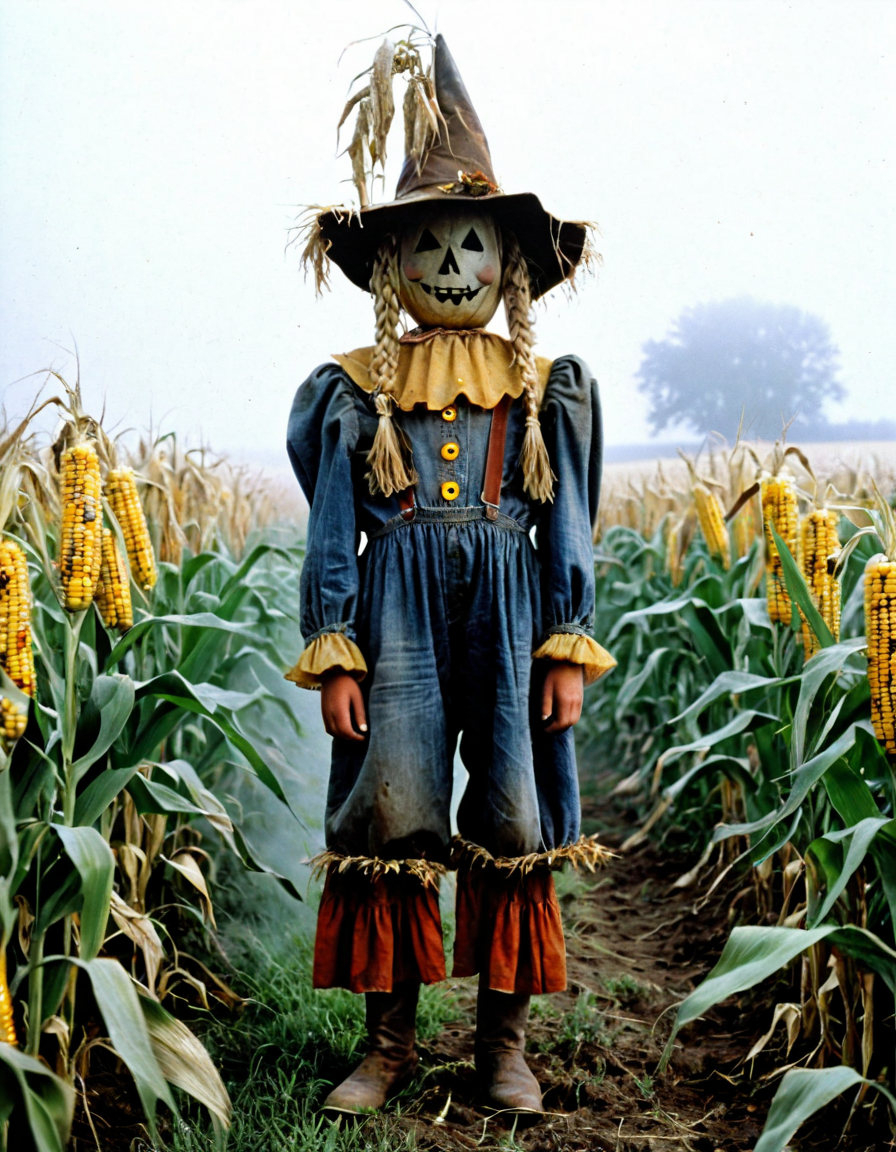
Cinematic Techniques That Amplify Fear in “Children of the Corn 1984”
The film’s technical prowess creates an absorbing horror experience. Director Fritz Kiersch expertly utilizes practical effects rather than CGI, resulting in a more tangible fear that resonates with audiences. Techniques like low-angle shots and tight close-ups accentuate the sinister presence of the children, all while isolating the adult characters within the expansive Midwestern landscape, creating a visual dissonance that enhances the overall tension.
Cinematographer John Lindley’s brilliant use of natural lighting amplifies the film’s eerie atmosphere. He draws on the bleakness of the environment, using shadow and light to craft an unsettling ambiance that feels both intimate and overwhelmingly vast. These visuals play a crucial role in accentuating the sense of dread that permeates every scene.
The film’s pacing, too, is crucial in sustaining suspense. Moments of silence juxtaposed with sudden bursts of action create a rhythm that keeps viewers guessing. This careful placement of tension and release embodies the hallmark of effective horror filmmaking, ensuring that the audience remains engaged—on the edge of their seats with hearts pounding throughout the experience.
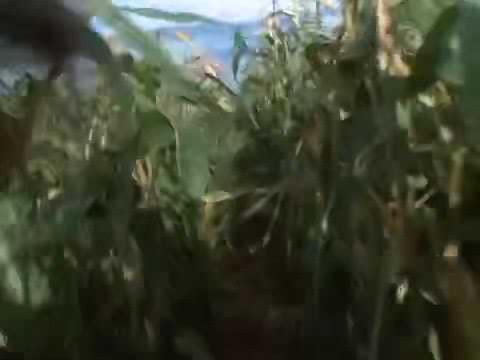
The Enduring Appeal: Nostalgia and Psychological Horror
As viewers reflect on Children of the Corn 1984, nostalgia becomes a powerful lens through which its significance is understood. It showcases a time when horror was grounded in stark storytelling that embraced primal fears. Those who experienced it in their youth find themselves grappling with the tangled realities of adulthood, as their childhood fears manifest vividly through this unsettling narrative.
In today’s landscape filled with overproduced franchise films, the raw authenticity of Children of the Corn 1984 stands in stark contrast. It exemplifies how horror can serve as a societal mirror, revealing humanity’s potential darkness beneath the veneer of civilization. This duality ensures that the film remains compelling, offering insights that go well beyond surface scares.
The eerie haunting of Children of the Corn 1984 transcends mere frights; it embodies deeper reflections on human nature and fear itself. Its legacy extends beyond mere jump scares, tapping into the fabric of cultural consciousness, prompting discussions about authority, innocence, and the terror lurking in shadows. Through decades of haunting the dreams of its viewers, this film continues to draw them back into its eerie embrace, resonating long after the credits roll.
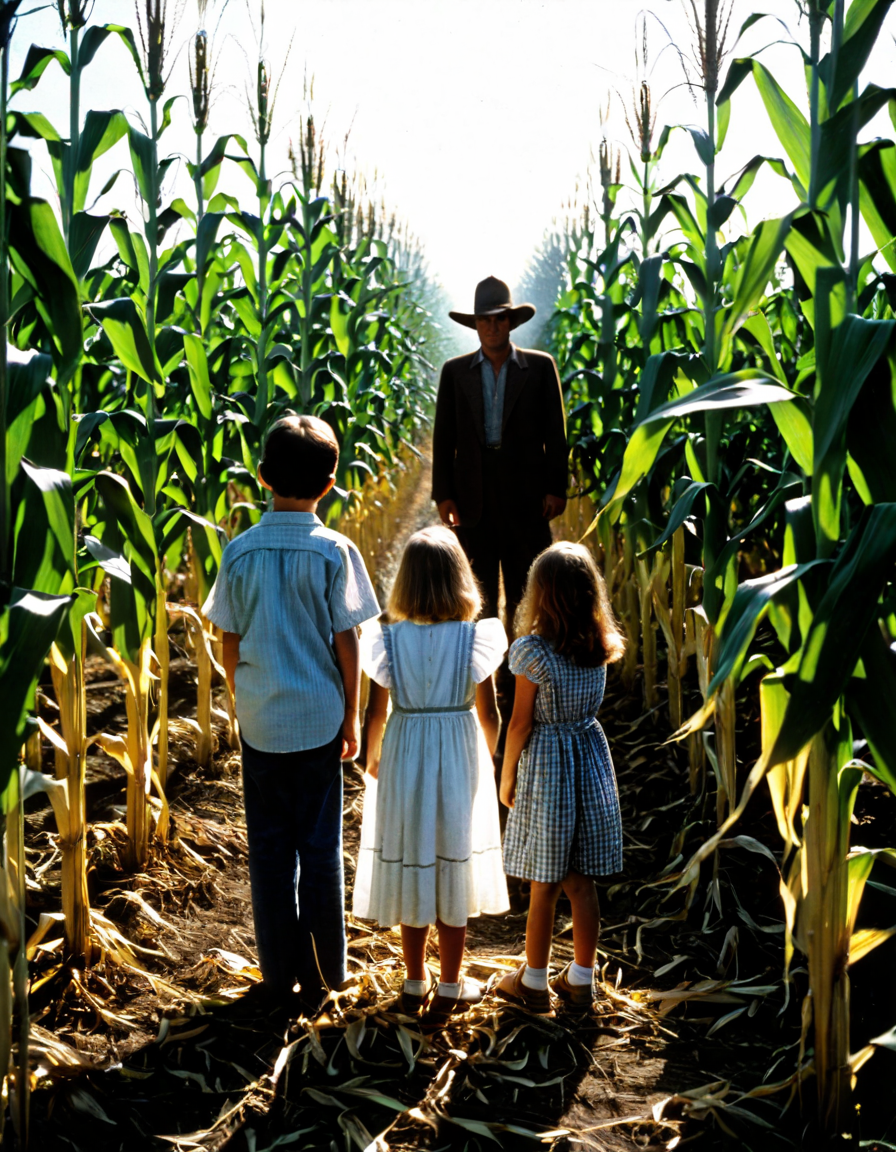
Children of the Corn 1984: Creepy Horror Classic That Haunts Still
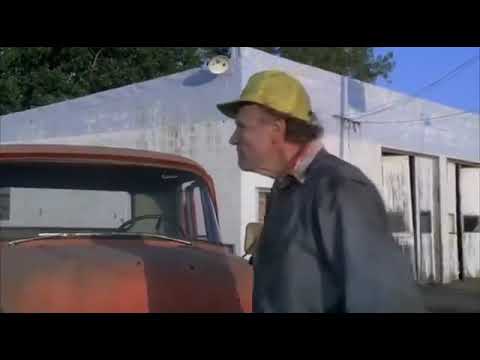
A Glimpse Behind the Scenes
Did you know that the original “Children of the Corn,” released in 1984, is based on a chilling short story by Stephen King? The film transformed rural landscapes into a nightmarish backdrop, showcasing how a seemingly picturesque cornfield can become a setting for horror. Interestingly, the casting of this eerie film was as compelling as its plot. Some might be surprised to learn that the cast Of This Is 40 featured actors who had connections to the horror scene, illustrating how talent often crosses genre boundaries in Hollywood.
But let’s not just focus on the actors; the movie’s production introduced audiences to chilling scenes that still resonate today. This includes the eerie use of children, much like in Blades And Sorcery, where the twisted nature of childhood innocence plays a pivotal role in the storyline. It’s this unsettling juxtaposition that lingers long after the credits roll!
Iconic Impressions and Cultural Impact
The impact of “Children of the Corn 1984” didn’t just stay on screen; it reached into the pop culture psyche. Many might recall Amy Sedaris from her memorable comedic roles. However, her earlier work and the influence of horror films like this one have played a significant role in shaping her unique career. The film’s haunting themes and visuals also paved the way for its legacy in creepy horror classics.
Beyond cinema, the film generated discussions around morality, faith, and control—factors reflected in the ongoing debates sparked by pop culture, such as the current Bud Light sales drop. Controversies like this just demonstrate how what we consume, whether in drinks or movies, shapes societal attitudes. Just like the sinister kids in the cornfield, these themes remain relevant and thought-provoking to this day.
A Legacy That Lingers
Finally, the legacy of “Children of the Corn 1984” continues to thrive, spawning numerous sequels and even remakes. Taylour Paige, known for her dynamic roles, is just one example of how the echoes of classics influence modern artists today. The film’s ability to tap into primal fears of control—paralleled in thriller films like Shadow of a Doubt—keeps it alive in discussions about horror. The haunting atmosphere that Mary Lee harvey talks about in her reviews often highlights the film’s power to evoke terror through simplicity and transformation.
So, the next time you find yourself in a cornfield, you might want to think twice. The spooky legacy of “Children of the Corn 1984” ensures that the chilling tale of those young harvesters lives on, reminding us all that some things may lie just beneath the surface, waiting to emerge.
